Much has been made lately about the varying roles artificial intelligence can/is/should be playing in the development of advertising and marketing; and rightfully so. Like it or not, we are living and working in the Age of Data and, whether your discipline is strategy, creative, media, or some other facet of branding, clients have huge expectations that you’re using big data to inform your decisions and make them better, smarter, and ultimately, more lucrative.
It’s clear, AI has the potential to make branding and creative work better. But despite all the indicators pointing to AI’s benefit, there is still a lot of apprehension about it — especially on the part of creative people. There’s concern AI will kill intuition. That it will slow down the work cycle, taking time out of an already shortened creative process. There’s worry AI will flat out replace us. The worries are understandable.
In April, I read an article in Forbes about the British company that developed the AI-powered copywriting tech called “Phrasee.” When asked what kind of copywriters the tech would put out of business, Phrasee CEO Parry Malm said this:
“Our vision at Phrasee is to empower brands with AI-powered copywriting, optimizing short-form marketing language. This includes email subject lines, headline copy and CTAs, push notifications, SMS and Facebook ad copy, and importantly leaves copywriters to focus their skills on long-form creative writing. AI-powered copywriting has been adopted by creative teams at some of the world’s biggest brands to optimize language at scale, freeing their time to focus on higher concept creative thinking and campaigns.”
Other than the secret novel, or screenplay every copywriter has hidden in the back of their desk drawer, I’m not sure what “long-form creative writing” Malm was referring to, but this paragraph causes anxiety in almost every writer I know. I understand the feeling.







